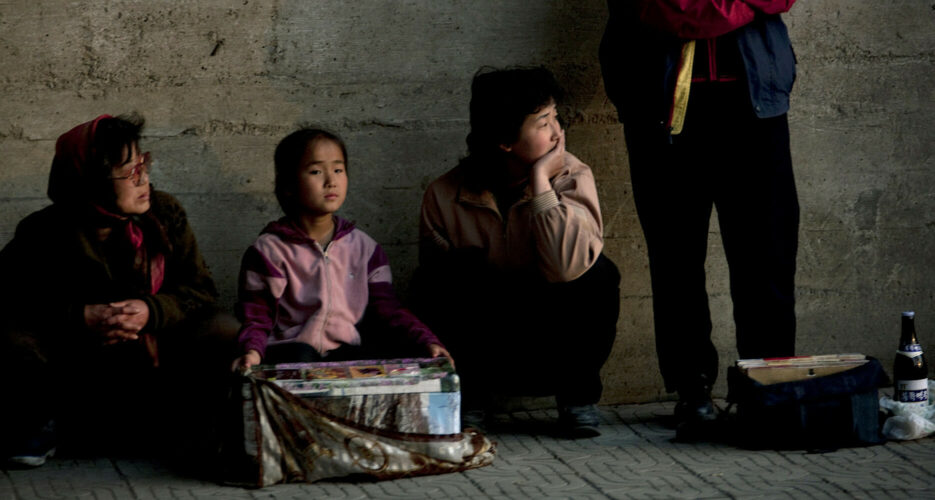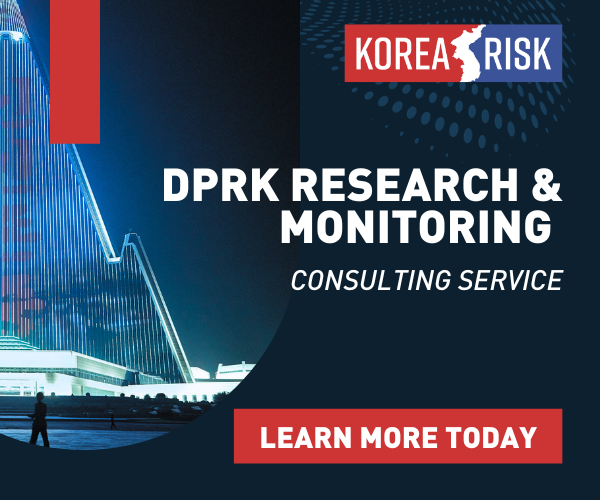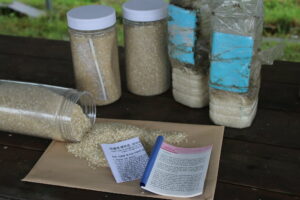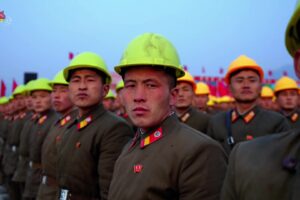Unofficial markets have long been a pivotal part of the North Korean economy, providing much-needed goods to a population underserved by the official state distribution system and a key source of income for many households. And despite recent state crackdowns, these markets have become so important that they are unlikely to completely disappear.
Given the prevalence of these markets, it is tempting to assume that they have always existed in the DPRK. But even half a century ago this was not the case, and declassified Soviet-era archives provide new insights into the feeble state of the country’s market trade in the past.
Unofficial markets have long been a pivotal part of the North Korean economy, providing much-needed goods to a population underserved by the official state distribution system and a key source of income for many households. And despite recent state crackdowns, these markets have become so important that they are unlikely to completely disappear.
Given the prevalence of these markets, it is tempting to assume that they have always existed in the DPRK. But even half a century ago this was not the case, and declassified Soviet-era archives provide new insights into the feeble state of the country’s market trade in the past.
Try unlimited access
Only $1 for four weeks
-
Unlimited access to all of NK News: reporting, investigations, analysis
-
Year-one discount if you continue past $1 trial period
-
The NK News Daily Update, an email newsletter to keep you in the loop
-
Searchable archive of all content, photo galleries, special columns
-
Contact NK News reporters with tips or requests for reporting
Get unlimited access to all NK News content, including original reporting, investigations, and analyses by our team of DPRK experts.
Subscribe
now
All major cards accepted. No commitments – you can cancel any time.










